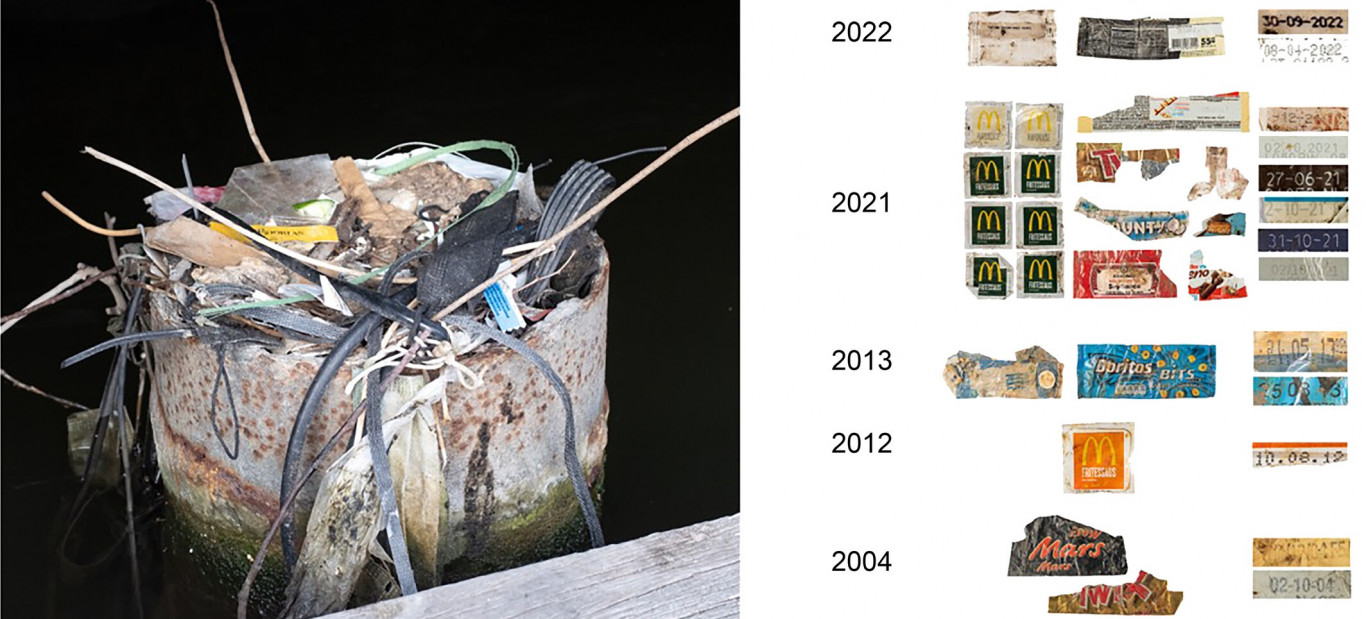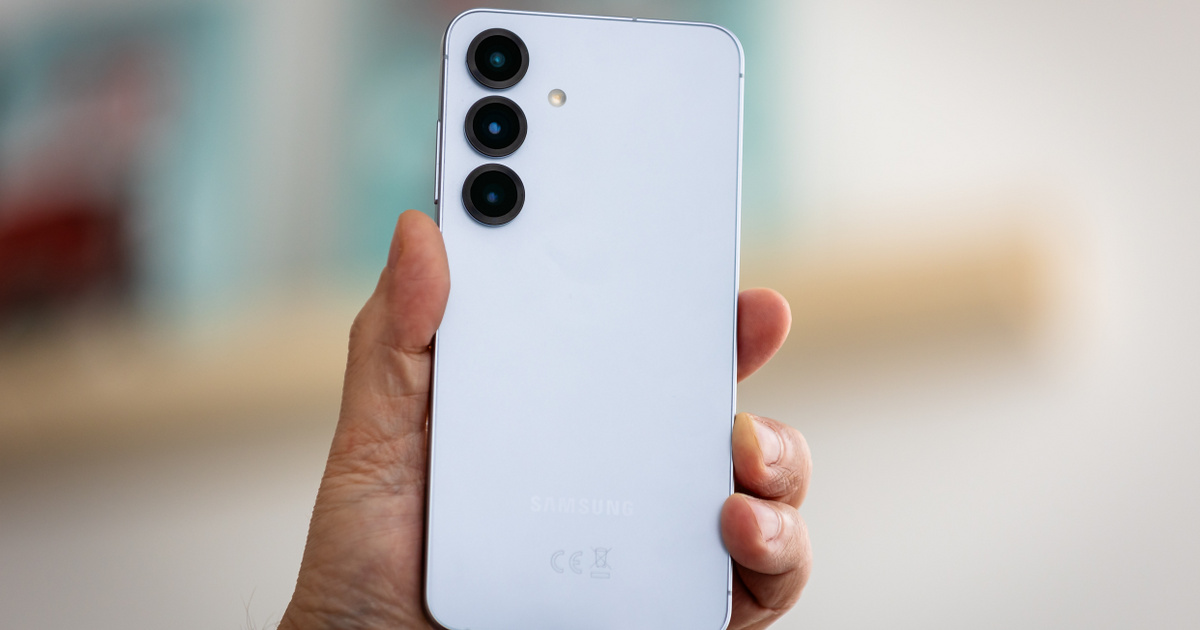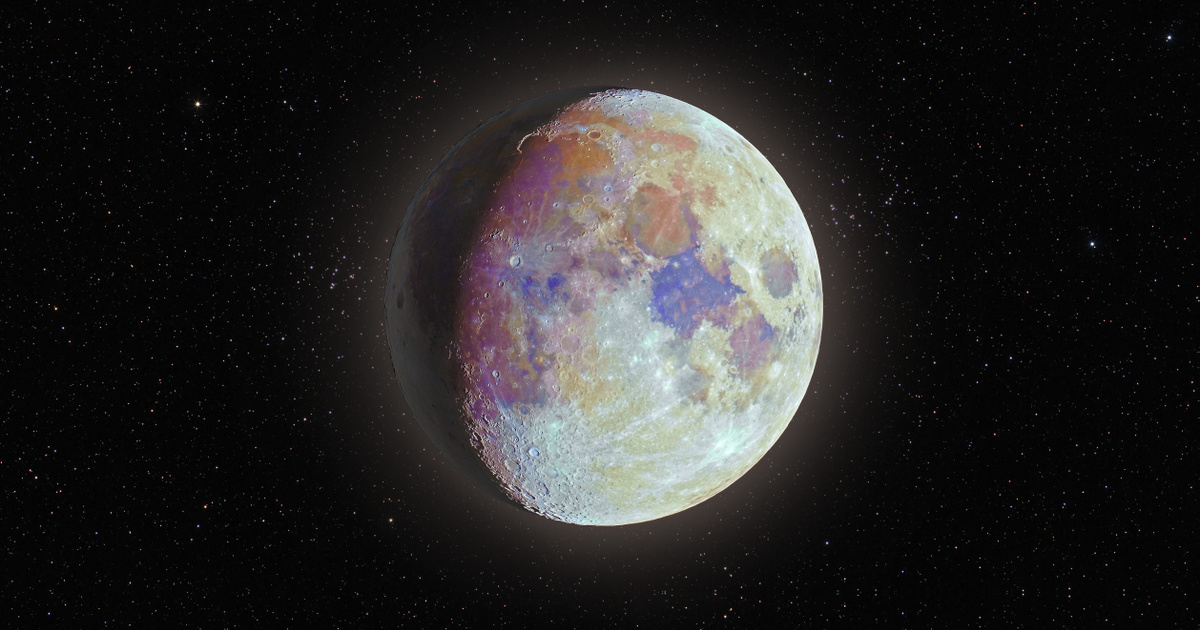By 2026, the United States will establish an independent time zone on the moon. NASA has been tasked with working out the technical details for Lunar Coordinated Time, or LTC, according to a Reuters report.
Establishing a time zone on an alien celestial body is no trivial task: the Moon's gravity is one-sixth that of Earth, so time also passes more slowly. The difference amounts to 58.7 microseconds per day, and can lead to a difference of tens of kilometers in the positions of satellites and spacecraft orbiting the Moon.
The creation and implementation of the time zone is of course linked to the US National Aeronautics and Space Administration's Artemis program, which plans to send American astronauts to the moon again in 2026 after half a century. This time, the return is no longer limited to reaching the moon only, but rather is related to carrying out a subsequent manned mission to Mars.
Time zones on Earth correspond to the global atomic clock. Similar to the LTC time zone, it sends you to the surface of the moon
An atomic clock would be needed.
36 countries have joined the Artemis program, and synchronization of devices created during technical cooperation and used in the program also requires standard time measurement. Of course, the time zone goes far beyond this, as it also relates to the commercial use of the Moon, the coordination of commercial transactions and related logistics.
To create a time zone, of course, an international agreement is needed. However, it may be more difficult due to the fact that many countries, such as Germany, France and India, have not signed the agreement to establish the Artemis program, and China is planning to land on the moon in 2030 with the support of Russia. , is particularly opposed.














































